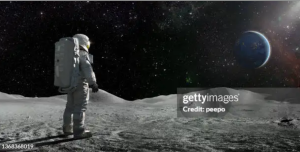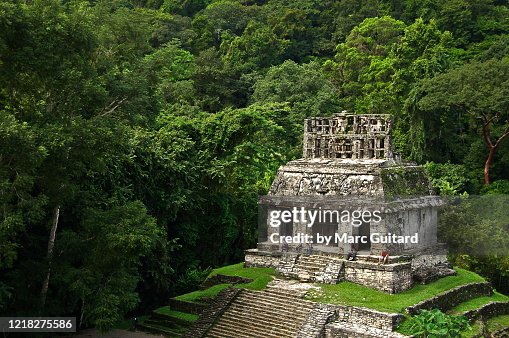A newly discovered Mayan city with pyramids, enclosed plazas, and an ancient reservoir that had been hidden for centuries in the dense jungles of southern Mexico, has been brought to light by Ph.D. student Luke Auld-Thomas.
Centuries ago, parts of modern-day Mexico and Central America were home to the Maya, a Mesoamerican civilization known for its advanced knowledge in astronomy, architecture, and mathematics. Thousands of ancient Mayan sites have been uncovered over time, but this recent discovery raises a new question: how did Auld-Thomas manage to unearth this lost city in the first place?
In an interview with WIRED, Auld-Thomas shared that the discovery was, in a way, accidental. The original mapping project of Mexico began in 2013, testing to see how much carbon was being omitted and spread throughout the Mexican forests. The mapping was done with the help of the ‘Lidar’ which is a remote sensing technology that uses laser pulses to create 3D models of the Earth’s surface. After the study concluded, however, the data remained untouched for nearly a decade until Auld-Thomas revisited it, curious about what else might be uncovered.
When he analyzed the data, he noticed something remarkable: one of the survey blocks, meant to map trees, showed evidence of trees growing over large structures, which turned out to be ruins of an ancient Mayan city, hidden just a fifteen-minute walk from the nearest highway.
This discovery shows how modern technology can uncover lost pieces of history, giving us a deeper look into ancient civilizations. By revisiting old data, Auld-Thomas was able to find something incredible that had been overlooked for years.
















